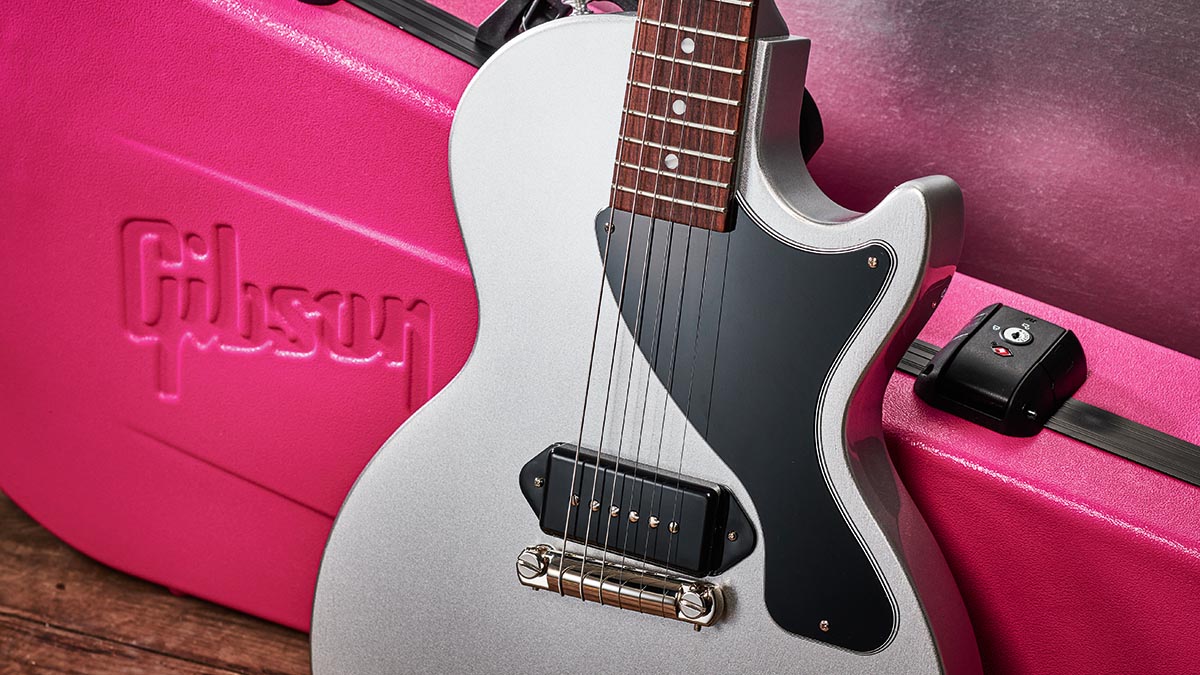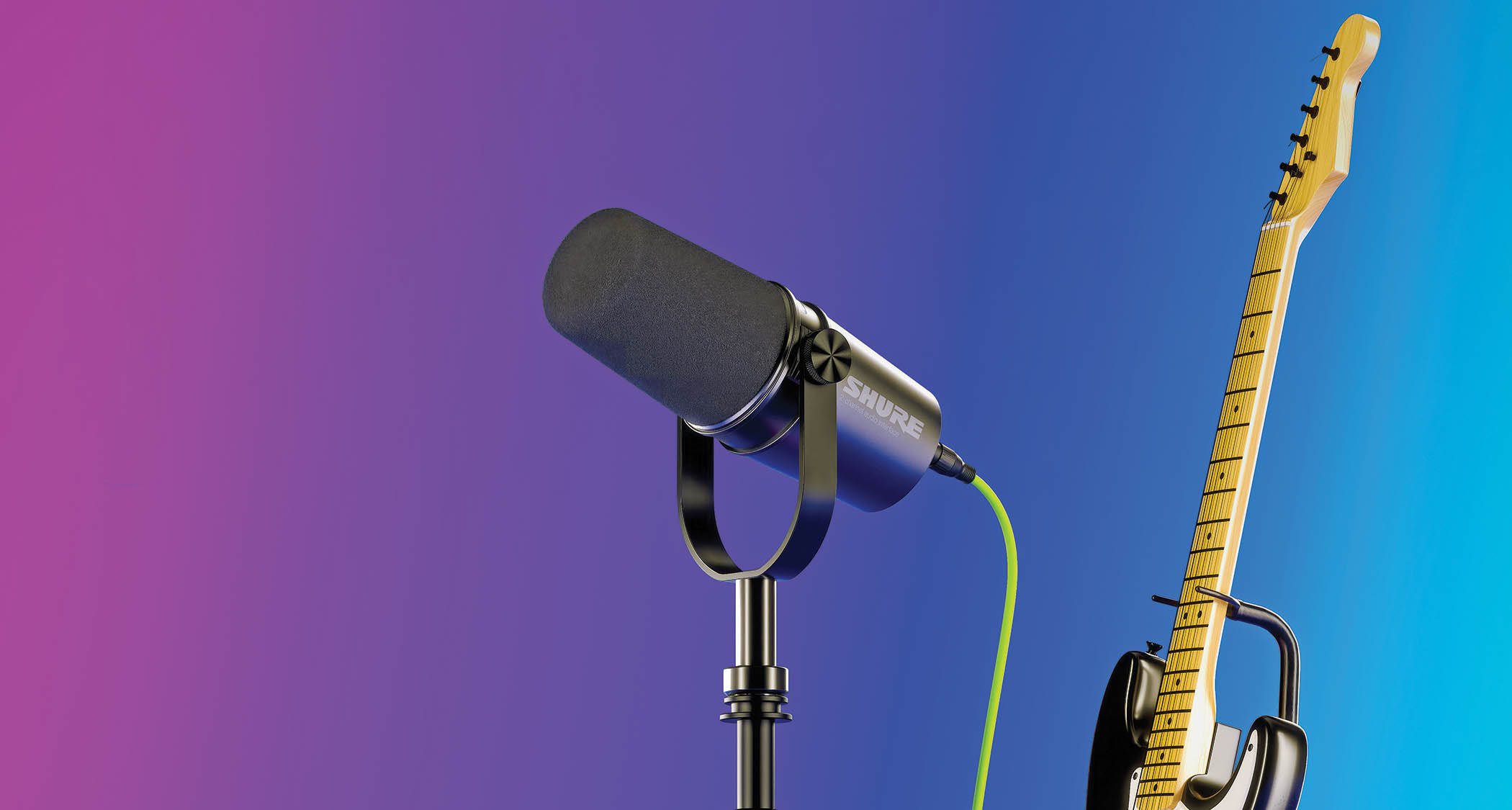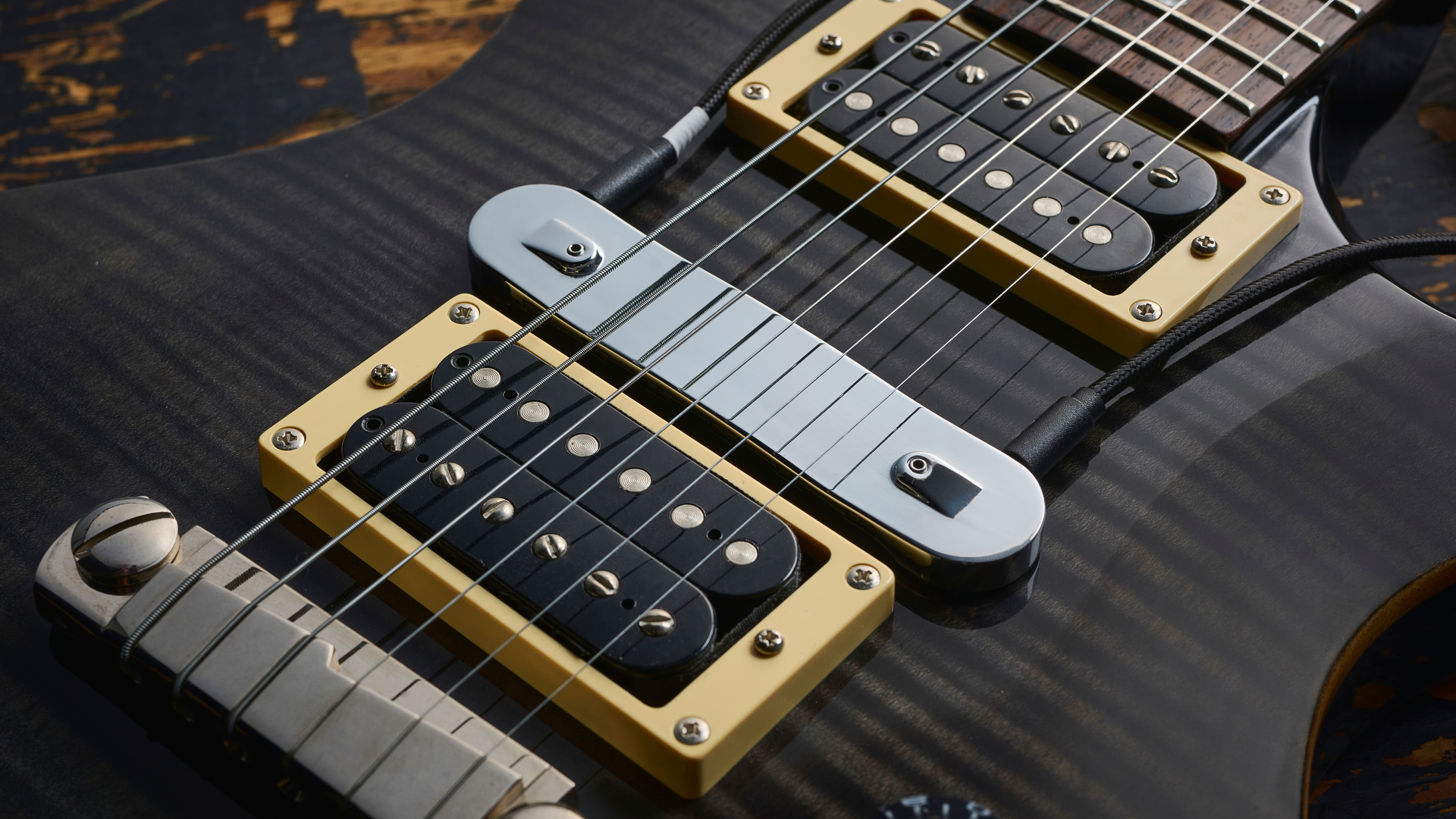Guitar World Verdict
While we did encounter a couple of visual defects here, this is a rather good example of this near 70-year-old guitar design with a great weight and a hum-cancelling dog-ear P-90 that’s rather special.
Pros
- +
Great weight and good playability.
- +
Hum-cancelling dog-ear pickup does the job well.
- +
Stripped-down simplicity.
Cons
- -
Quite an upcharge over the standard LP Junior.
- -
Not everyone will enjoy the minor finish issues or the sharp-edged body lip.
You can trust Guitar World
Can it really be 69 years ago that Gibson took the wraps off its bare‑bones Les Paul Junior? Well, it is, and while it might have been aimed at students back in the day, you don’t need us to tell you it’s powered many classic recordings to which Green Day’s Billie Joe Armstrong has certainly contributed. He’s been a Gibson signature artist since 2006, his latest was back in 2018, and there’s already an affordable Epiphone Billie Joe Armstrong Les Paul Junior.
Billie’s take for 2023 is as much a celebration of his style as it is a viable new addition to the oeuvre in its pink plastic Protector case with leopard print interior, a stock Vintage Ebony finish or this show-off Silver Mist metallic.
The 2018 version used a standard ’57 Classic zebra humbucker, and previous runs featured a stacked-coil P-90 design. Under the dog-ear cover of this latest signature guitar is a new humbucker created by Gibson’s Jim DeCola that’s based on the ‘sidewinder’ style Gibson actually first used on the Seth Lover-redesigned EB-2 bass pickup back in 1958.
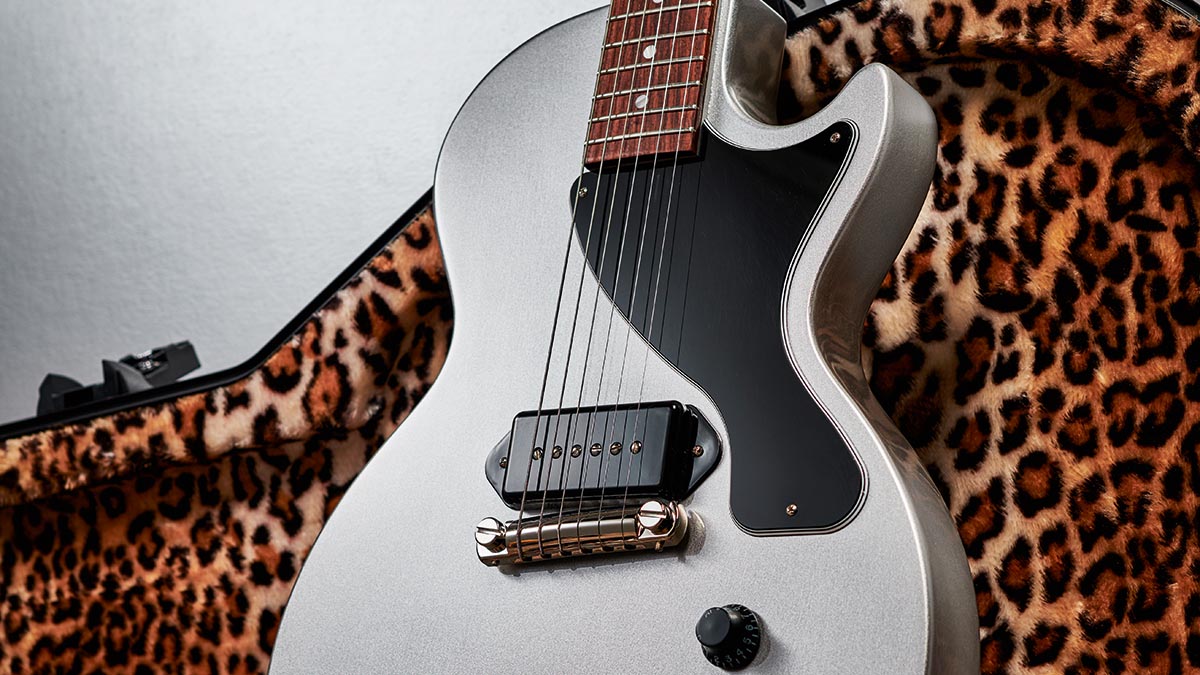
Pickup and finish aside, this version also differs from the Original Series Junior with its ’60s-style Billie Joe Armstrong SlimTaper neck profile, individual Gibson Deluxe tuners and large strap buttons.
Now, if you want a perfectly finished guitar, you might need to look elsewhere. Although the top clear coat is perfectly flat and glossed, you can see the grain of the mahogany in numerous places and a rather obvious tooling mark where the neck joins the body. As the neck is a full-width tenon, there’s that body lip on the treble side that is much more square-edged than our ’57 vintage reference.
What we hear from this BJA isn’t a million miles from our ’57 vintage reference – it sounds a little clearer and a bit more polite
It’s also not possible to confirm whether the 45mm thick slab body is one or multi-piece because the only wood we can see is the slightly orange-tinted rosewood fingerboard. The edges of the ’board are lightly rolled and the standard medium-gauge frets are cleanly installed, just lacking a final polish on their tops.
The neck pitch is good, too, so the lightweight aluminium wraparound bridge sits low to the body, though it does tip forward a little. While the setup is fine, intonation with this simple bridge will never be 100 per cent, but it’s certainly good enough for some rowdy rock ’n’ roll.

Feel & Sounds
This one is a perfect weight, light but not excessively so, and thanks to the pretty full shoulders (which are fuller than our Les Paul Classic’s standard SlimTaper), the neck feels bigger than the measurements suggest: 20.8mm deep at the 1st fret, 22.7mm by the 12th. Acoustically, there’s an alive feeling, a crisp and ringing response.
The pickup sits pretty close to that bridge; it’s 34mm from the domed top of the bridge to the centre of the high E polepiece, so 10mm closer than our ’57. As supplied and with no overall height adjustment, the top of the dog-ear cover sits around 3mm from the strings on both sides (measured with the outer strings fretted at the 22nd fret), although you can, of course, adjust the slot-head polepieces to your taste. Our ’57 model’s dog-ear is almost too close to the strings by comparison, approximately 1.5mm on both sides.
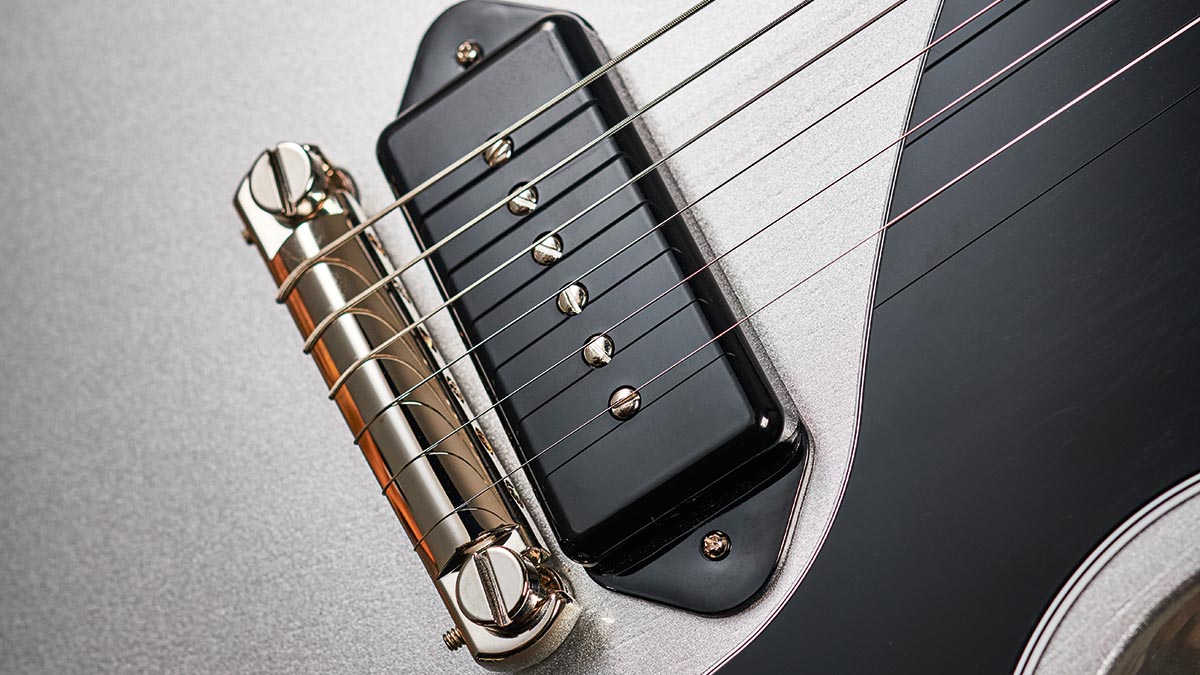
But what we hear from this BJA isn’t a million miles from our ’57: it has slightly less output and less of the big lower midrange, it sounds a little clearer and a bit more polite, and it’s less raw. But turn up the wick and it’s certainly got some balls, and it sounds and feels quite well behaved – more standard humbucking-like than our ’57, which is both noisier and quite microphonic by comparison.
The tone control is certainly effective, and though the volume’s taper is quite fast, many will just leave things full up. And that’s where we hear maximum sizzle – pulling that volume back does round things but only very slightly.
There’s quite an upcharge for this package, so unless you want a vivid pink leopard print case, or indeed a Junior in metallic silver, you might want to go for the standard model in one of its two historic colours.
Specs
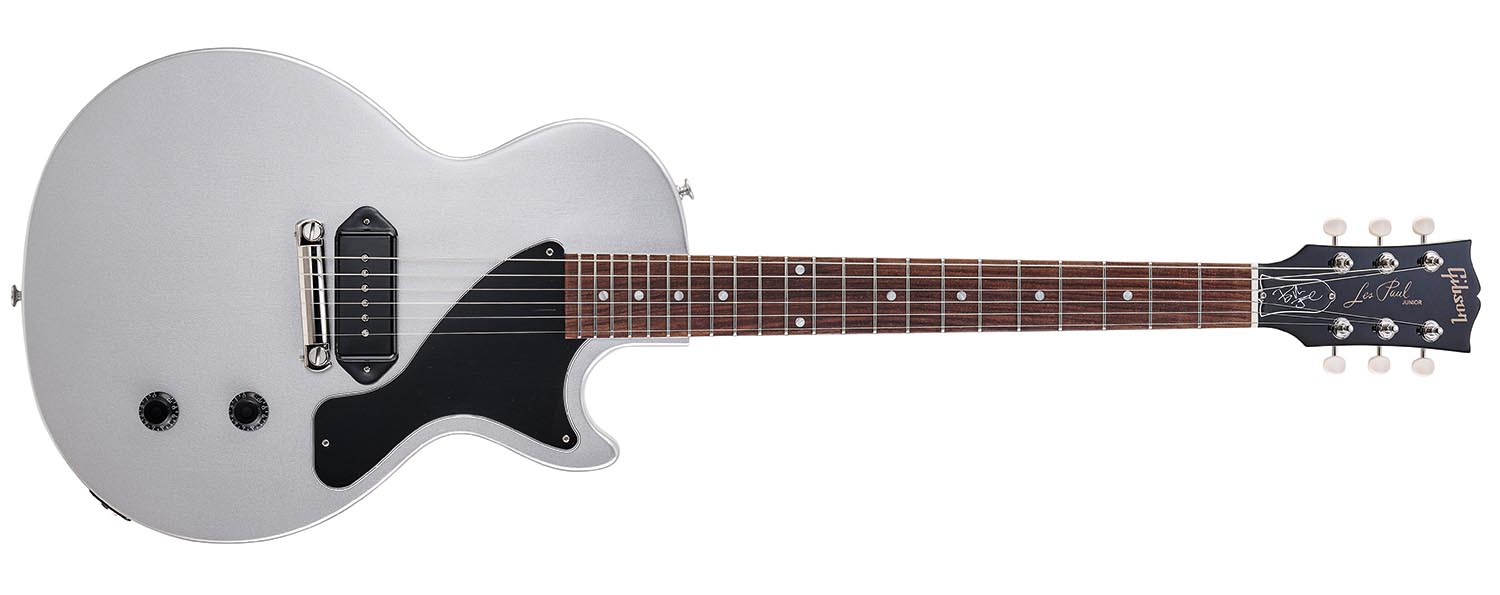
- PRICE: $/£2,199 (inc case)
- ORIGIN: USA
- TYPE: Single-cutaway, solidbody electric
- BODY: Mahogany
- NECK: Mahogany, Billie Joe Armstrong SlimTaper profile, glued-in
- SCALE LENGTH: 624mm (24.6”)
- NUT/WIDTH: Graph Tech/43.3mm
- FINGERBOARD: Rosewood, acrylic dot inlays, 305mm (12”) radius
- FRETS: 22, medium jumbo
- HARDWARE: Aluminium wraparound bridge, Gibson Deluxe tuners w/ white buttons – nickel plated
- STRING SPACING, BRIDGE: 51.5mm
- ELECTRICS: Gibson P-90 DC Dogear humbucker, volume and tone controls
- WEIGHT (kg/lb): 3.31/7.3
- LEFT-HANDERS: No
- FINISHES: Silver Mist (as reviewed), Vintage Ebony – gloss nitro-cellulose
- CONTACT: Gibson

Dave Burrluck is one of the world’s most experienced guitar journalists, who started writing back in the '80s for International Musician and Recording World, co-founded The Guitar Magazine and has been the Gear Reviews Editor of Guitarist magazine for the past two decades. Along the way, Dave has been the sole author of The PRS Guitar Book and The Player's Guide to Guitar Maintenance as well as contributing to numerous other books on the electric guitar. Dave is an active gigging and recording musician and still finds time to make, repair and mod guitars, not least for Guitarist’s The Mod Squad.
“What blew me away was that everyone wanted the curly maple top. People were calling, saying, ‘I’ve got to have the bird inlays’”: Paul Reed Smith on raising the Standard 24, finally cracking the noise-free guitar and why John Sykes is a tone hero
“It combines unique aesthetics with modern playability and impressive tone, creating a Firebird unlike any I’ve had the pleasure of playing before”: Gibson Firebird Platypus review
